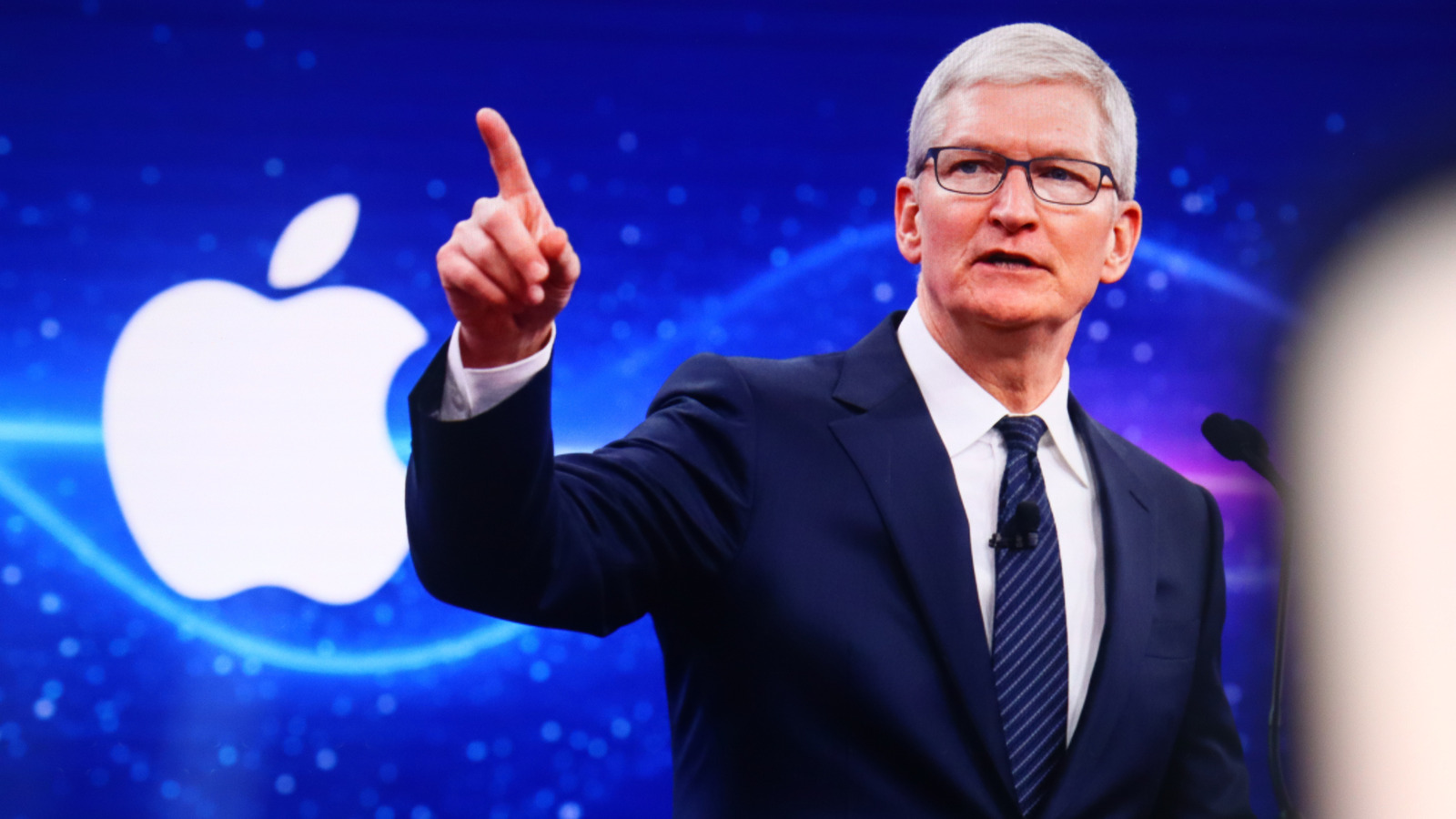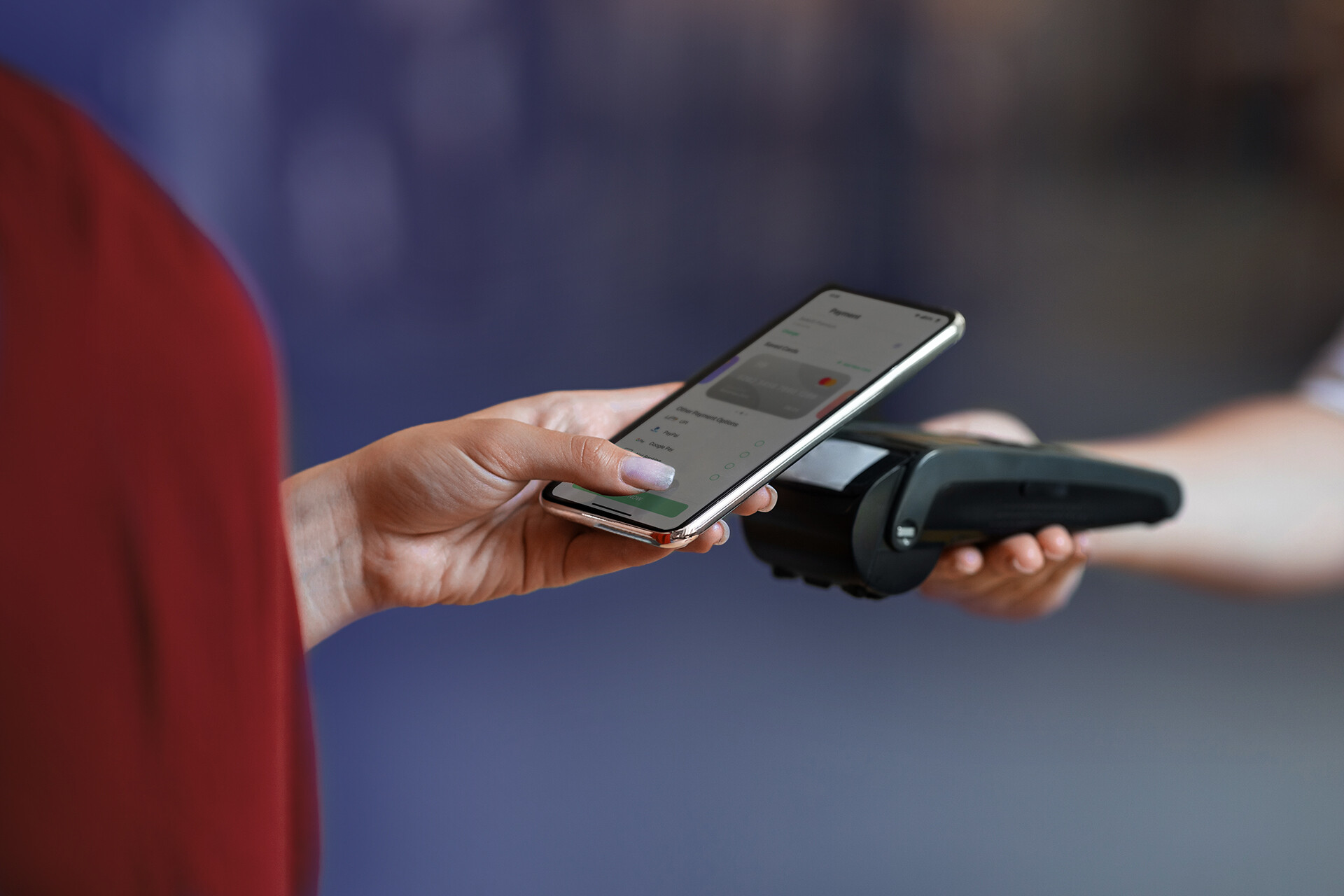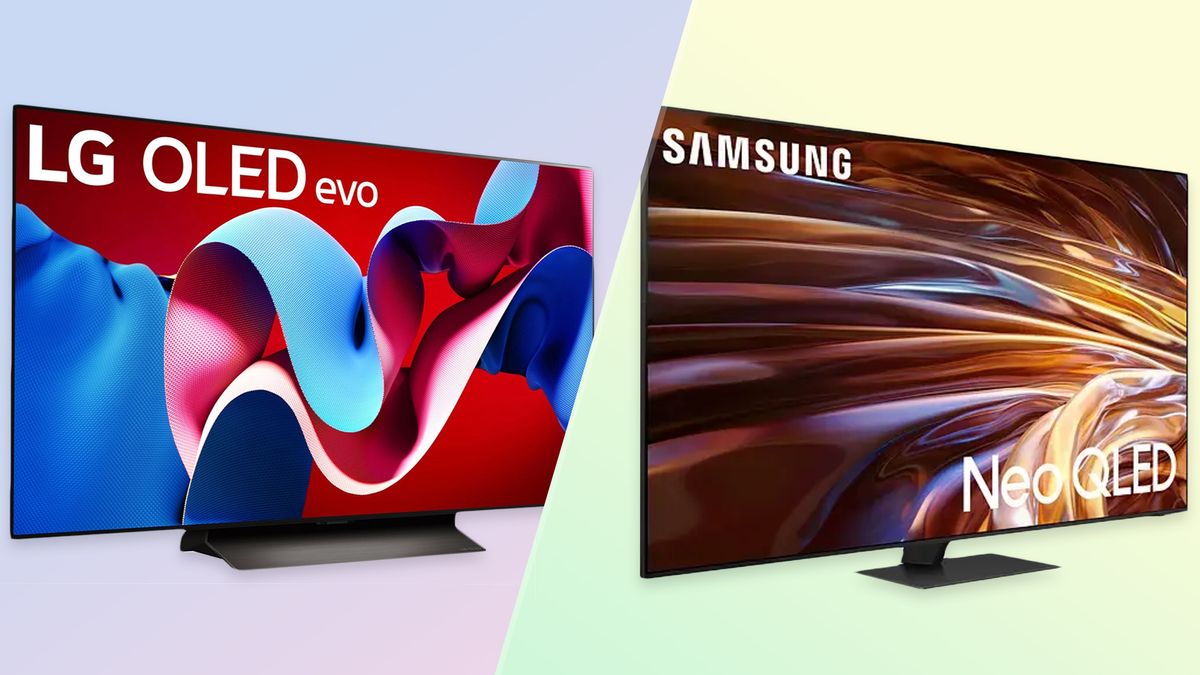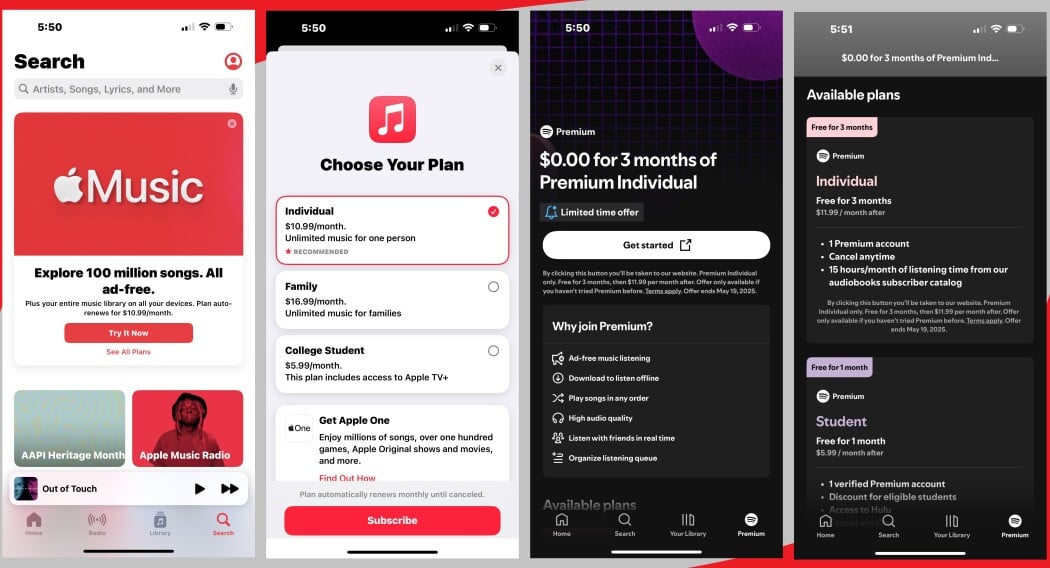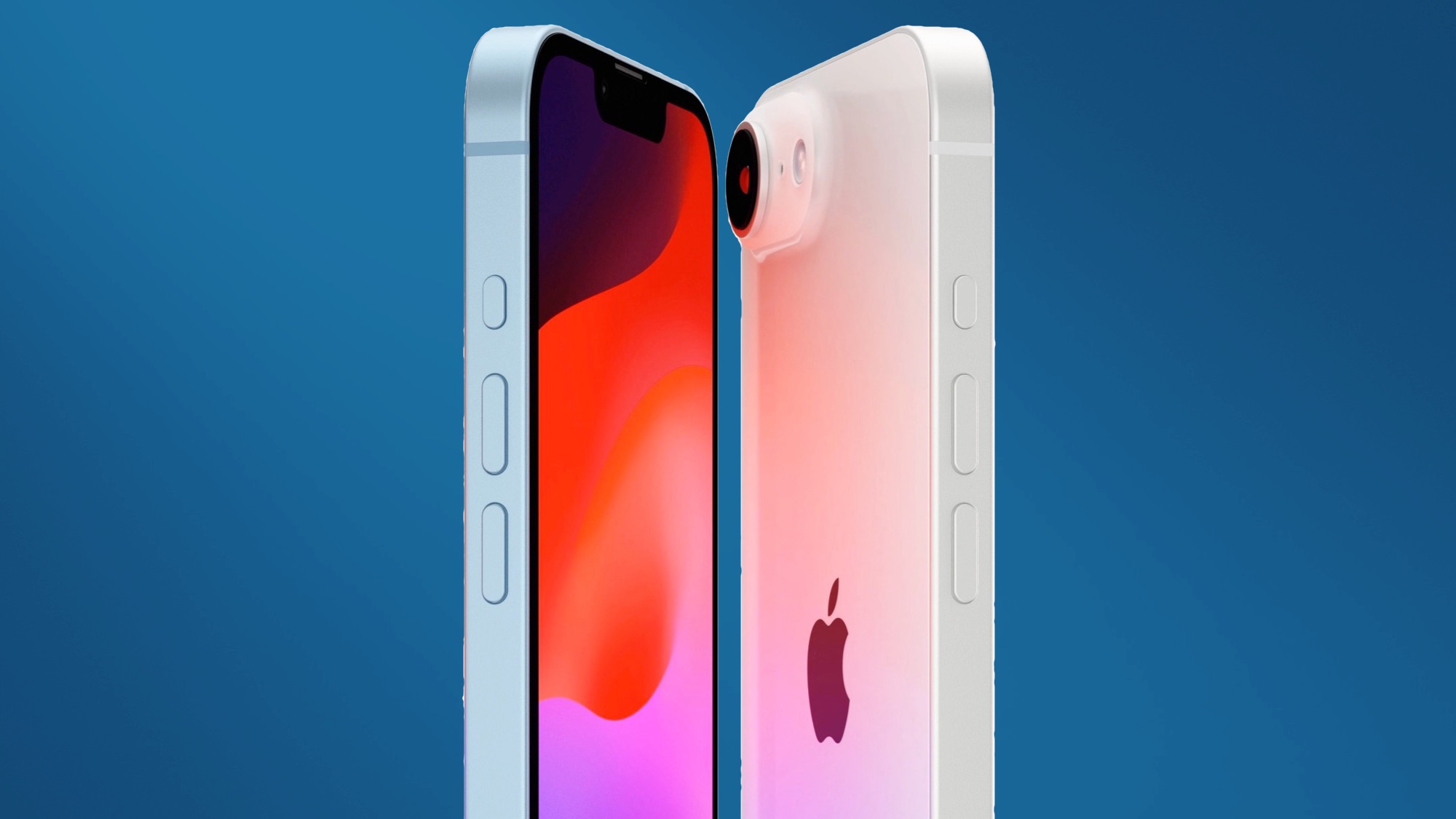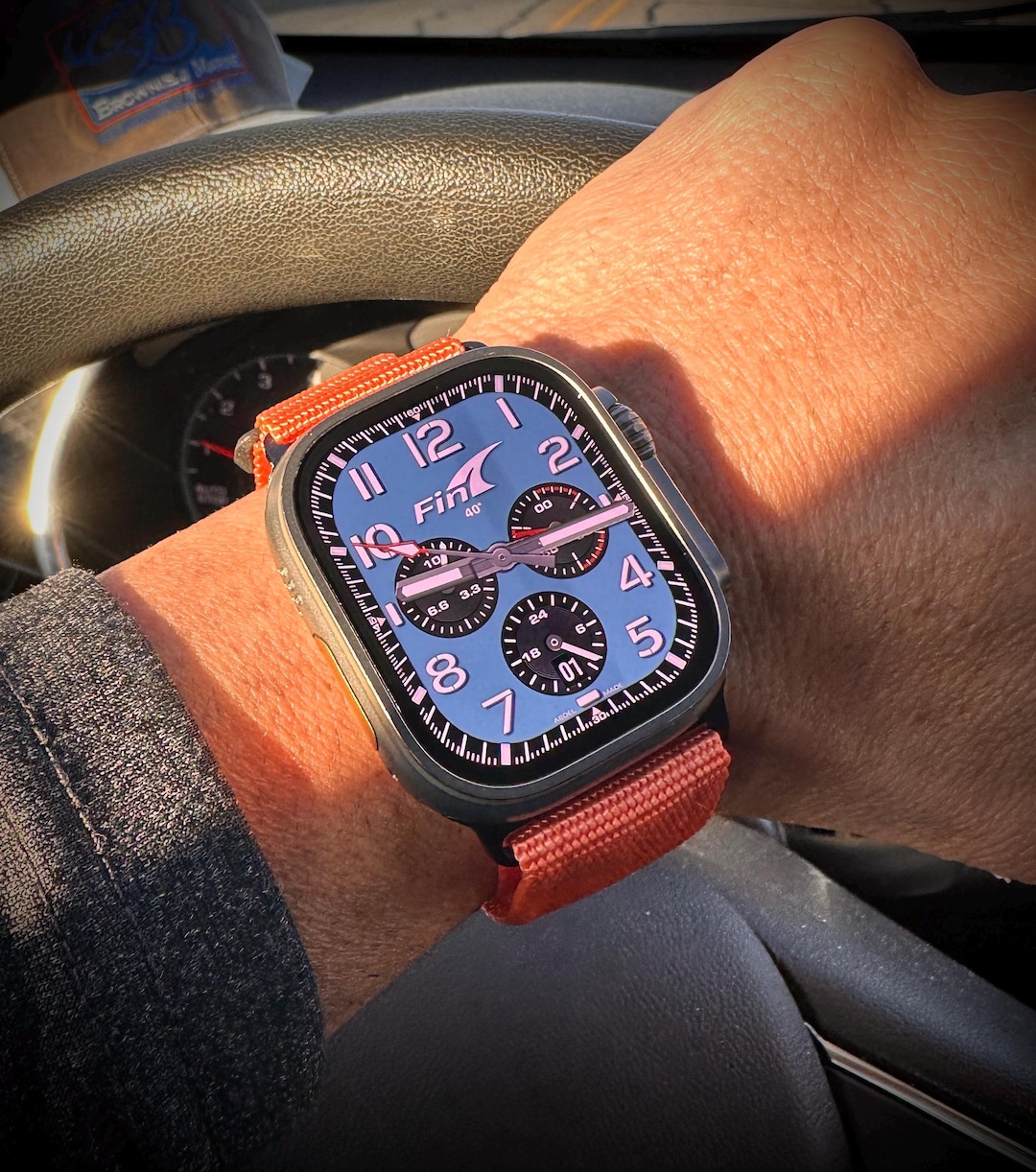Amazon is currently revising their holiday return policies to be more user-friendly, while dedicated Costco patrons might chuckle, as the retailer already provides ample return options for its members. Under the company’s 100% satisfaction promise, for instance, you can return electronics within 90 days.
This is a contributing factor to the long return lines at your nearest Costco. However, similar to the inquiry about Amazon’s handling of returned products, you may be curious about what Costco does with returned items, especially technology. Are they recycled, returned to the shelves, or discarded? The response is, it varies.
Most Costco returns are either resold or donated, rather than disposed of. The sole exception is perishable goods or food items, which cannot be resold. Items that are unopened and returned in their original packaging will probably be restocked. Conversely, opened products, including returned tech, are sent to a different warehouse for evaluation. Depending on their condition, these items will either be sent back to the manufacturer, sold to liquidators, or donated.



